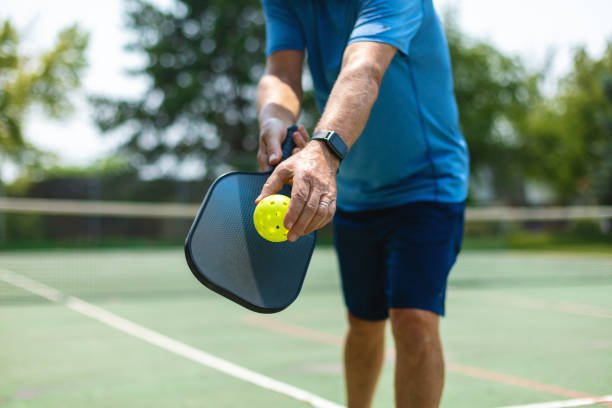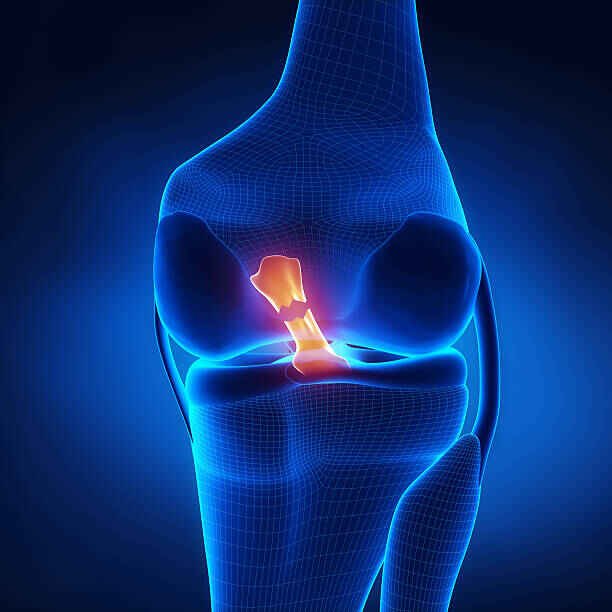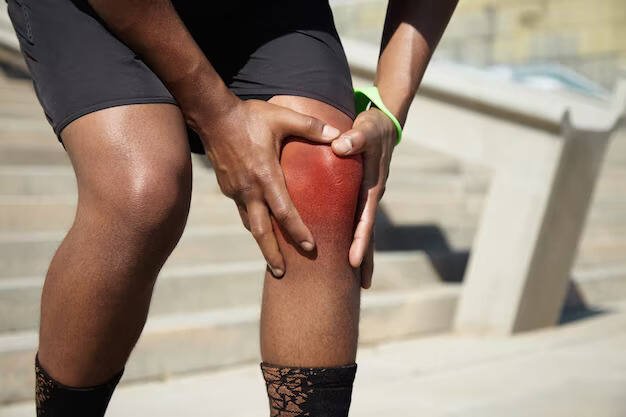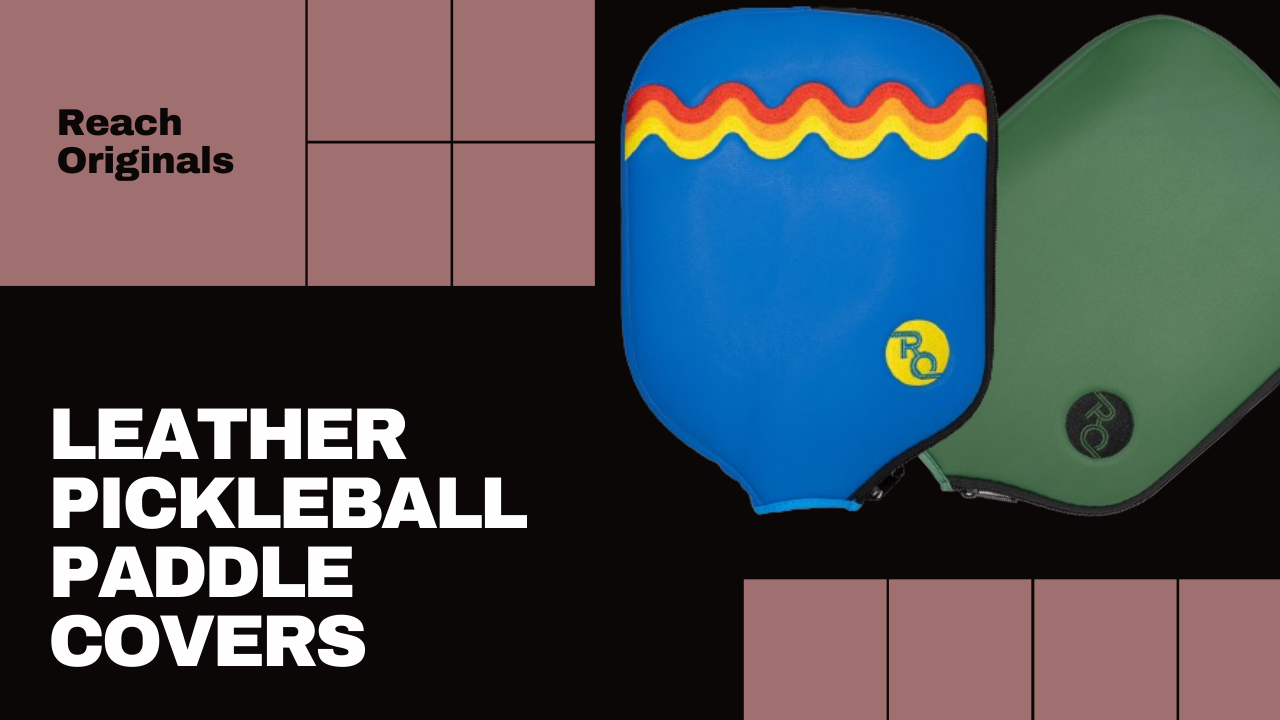A torn meniscus is a common knee injury that affects people of all ages and at all levels of activity. For pickleball enthusiasts, especially those who play pickleball on a regular basis, an understanding of the implications of meniscal tears is essential for injury prevention and management.
Can i play pickleball with a torn meniscus? This article examines the nature of meniscal tears, their relationship to pickleball, treatment options, postoperative considerations, and injury risk reduction strategies.
What is torn meniscus?
Meniscal tears are knee injuries that injure one or both of the C-shaped pieces of cartilage called menisci that are located between the femur and tibia in the knee joint. This injury typically occurs during sports or traumatic events and is caused by sudden twisting or turning of the knee.
Symptoms include Pain, swelling, stiffness, difficulty bending or straightening the knee, and a popping sound. Treatment options range from conservative measures such as rest and physical therapy to surgery, depending on the severity of the tear. For optimal recovery and to prevent long-term complications, proper diagnosis and treatment by a healthcare professional is essential.
Can I play pickleball with a torn meniscus?
It depends on the severity of the injury, individual circumstances.
In some cases, individuals with minor tears can continue playing with modifications and proper management, while those with more severe tears may need to rest to prevent further damage and facilitate healing.
It is important to prioritize safety and listen to your body. Playing with a torn meniscus carries the risk of aggravating the injury and can lead to long-term complications if not properly treated.
In order to determine the most appropriate course of action based on your specific condition and needs, it is recommended that you consult with a healthcare professional.
How does pickleball lead to a torn meniscus?

Due to repetitive stress and sudden motion, pickleball can lead to meniscal tears which put stress on the knee joint. This sport requires quick lateral movements, quick changes of direction, and pivoting.
In addition, the stop-and-go game and hard court can lead to torn knee ligaments, especially if proper technique and precautionary measures aren’t used. Over time, the cumulative effect of these movements and stresses on the knee joint can cause meniscal wear and tear, making it more susceptible to injury during play.
What is the treatment for a torn meniscus?
Several factors, including the severity of the tear, a person’s age, activity level, and overall health, determine how a torn meniscus is treated. Here are a few common treatment options:
Prudent management
Conservative treatment may be recommended for small tears or tears in individuals who are not experiencing significant symptoms. This may include rest, ice, compression, and elevation (RICE) and nonsteroidal anti-inflammatories (NSAIDs) to reduce pain and inflammation. You may also be prescribed physical therapy exercises to help improve the strength and flexibility of your knee.
Arthroscopic surgery
Arthroscopic surgery may be recommended if conservative treatments do not provide relief or if the tear is severe. This is a minimally invasive procedure. A surgeon uses small instruments and a tiny camera (arthroscope) to trim or repair the torn meniscus. Surgery is designed to relieve symptoms, restore function, and prevent further damage to the knee.
Meniscus repair
In some cases, a surgeon may choose to repair the torn meniscus rather than trim it, especially in younger people with tears on the outer edge of the meniscus where the blood supply is better. In this procedure, the torn edges of the meniscus are stitched together to promote healing. Repairing the meniscus may require a longer recovery time compared to trimming, but it can help maintain the knee’s natural cushioning and stability.
Rehabilitation and Physical Therapy
Rehabilitation and physical therapy play an important role in restoring strength, mobility, and function to the knee after surgery or as part of conservative treatment. They focus on improving knee range of motion, stability, and strength.
Bracing
In some cases, it may be recommended that a knee brace be worn to provide support and stability to the knee, especially during periods of physical activity or sports.
After meniscus surgery, can I play pickleball?
This depends on several factors, including type of surgery, extent of injury, and individual healing and rehabilitation. You can usually return to pickleball following meniscal surgery, but you should do so under the guidance of your doctor. After surgery, patients typically undergo rehabilitation and physical therapy to regain knee strength, mobility, and function.
Returning to pickleball varies from person to person and may depend on surgical success, overall knee stability, and residual symptoms or restrictions. To minimize the risk of reinjury and ensure a safe return to activity, it is important to follow your doctor’s recommendations and gradually reintroduce pickleball under his or her supervision.
What can I do to reduce the risk of a torn meniscus?

There are several preventative measures you can take to reduce the risk of meniscus tears:
Warming up and stretching
It’s important to warm up properly to prepare your muscles and joints for movement before engaging in physical activity. Stretching and light cardio may help increase blood flow to the muscles and improve flexibility, reducing the chance of injuries.
Strengthen your muscles
Building strength in the muscles around the knee, particularly the quadriceps, hamstrings, and calf, helps provide stability and support to the joint. To build strength in these muscle groups, incorporate exercises such as squats, lunges, leg presses, and calf raises into your regular workout routine.
Improve flexibility
Maintaining a good level of flexibility in the muscles and tendons that surround the knee joint can help to prevent overuse and reduce the risk of injury. Include in your daily routine stretching exercises that target the quadriceps, hamstrings, calves, and IT band.
Use proper technique
Using proper technique is critical to preventing knee injuries, whether you’re playing sports or performing everyday activities. Focus on proper body mechanics, avoidance of sudden twists or turns, and the use of supportive footwear with good traction.
Cross train
To avoid overuse injuries and promote overall fitness, participate in a variety of physical activities. Cross-training can help reduce repetitive stress on certain joints while balancing muscle strength and flexibility.
Conclusion
Can i play pickleball with a torn meniscus? Meniscal tears are a common knee injury that can affect pickleball players. While the sport offers numerous health benefits, knee injuries, including meniscal tears, are inherent.
By understanding the nature of meniscal tears, recognizing factors contributing to their development, and implementing preventative strategies, pickleball enthusiasts can protect their knee health and enjoy the game safely. It is important to prioritize injury prevention, seek medical attention when necessary, and proactively maintain knee health throughout pickleball participation.
If you like this article, don’t forget your feedback!



